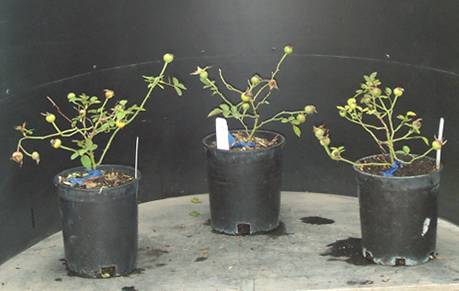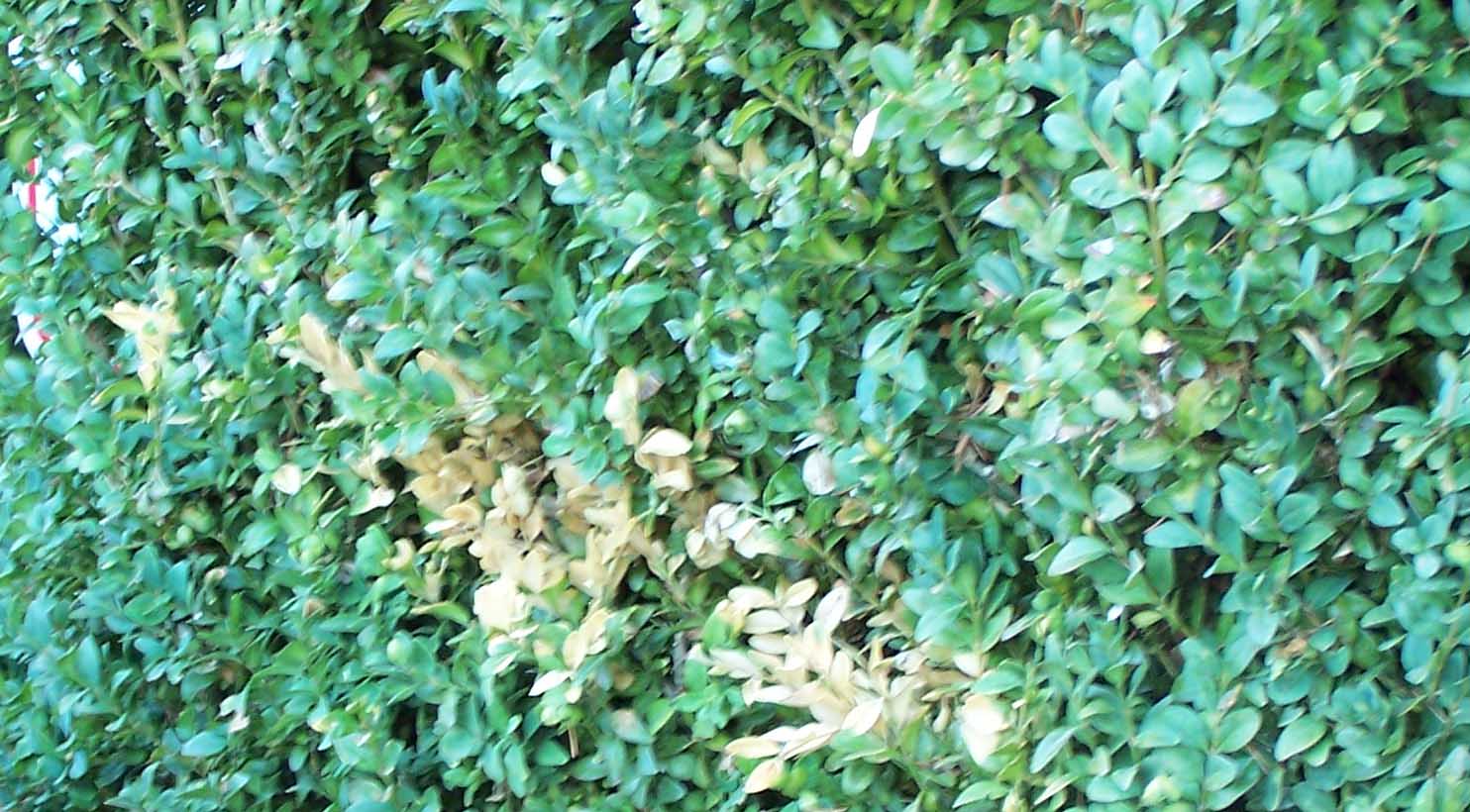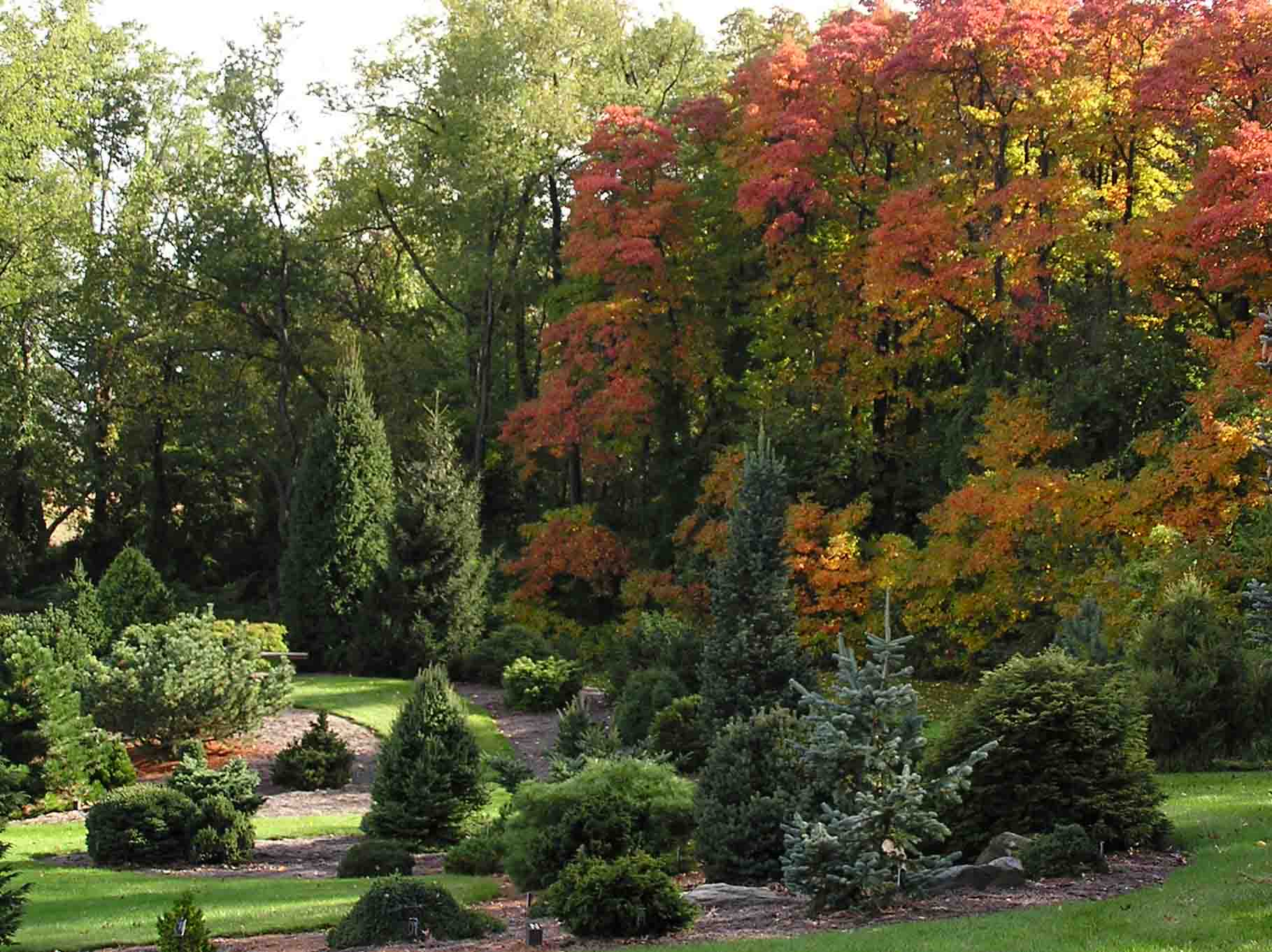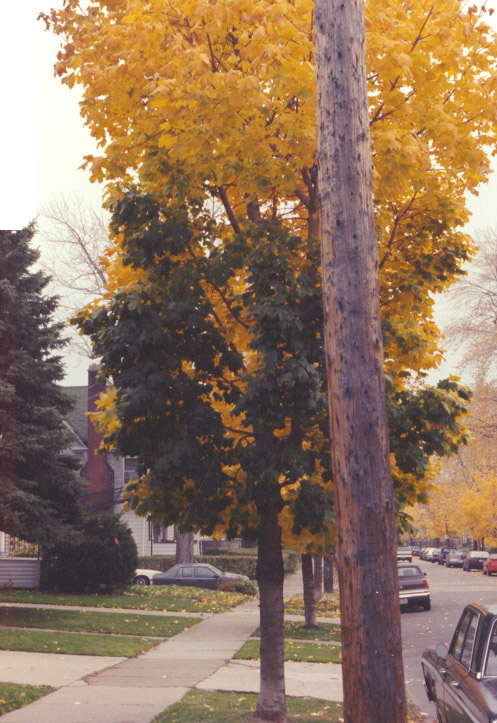
So back in September my department head (who is, for all intents and purposes, my boss) handed me a New York Times article (http://www.nytimes.com/2009/09/24/garden/24garden.html) about the grass at Harvard which is now being managed organically. We share the opinion that many organic techniques, such as compost tea, are “Voodoo Science” (that’s a term I stole from Mike Dirr) and so she thought I’d be interested in the techniques that Harvard was using. She didn’t say it explicitly, but I think she thought I’d get a laugh out of it. And I did….Along with a funny feeling in my stomach.
After looking at the article I just couldn’t resist going to Harvard’s website (http://www.uos.harvard.edu/fmo/landscape/organiclandscaping/) and finding out all of the stuff that they’re doing to make their grass look wonderful. And, to be honest, much of it is great. They’re aerating more, they’re adding compost to the soil, they’re using fewer pesticides. All of which I wholeheartedly agree with.
And then they’ve got this whole compost tea thing going on. In fact, they actually include information on how to make a compost tea brewer and different recipes for these compost teas.
For the uninitiated, compost tea is a mix of water along with other things — such as a carbohydrate source (like molasses, or flour, or sugar, etc) and maybe even a little bit of organic fertilizer — into which a “teabag” (usually something like a burlap sack) is dipped which contains compost. Air is usually bubbled through the mixture, in part to reduce the likelihood of bad bacteria, like E. coli, infesting the mix (research has shown that this doesn’t work). Supposedly the good microbes from the compost start growing in the spiked water producing a “tea” which is packed with microbial goodness for your plants. The microbes are supposed to revitalize the soil as well as, potentially, helping it to ward off plant diseases.
Bullpucky.
This isn’t to say that I don’t think soil microbes are important because I do — they’re vitally important! But why is it that some people think compost tea is needed to add them? As a researcher and professor I’m supposed to try to stick to saying what the research supports. Following those rules I’d like to add to a comment that Linda made the other day. The research currently shows that compost tea is unlikely to do a darn thing for you — at least in terms of the microbes which it adds. Compost teas, like the ones from the recipes at Harvard, will often have nutrients in them from the added compost (nutrients will leach into the water from the compost), or from fertilizers. These nutrients can obviously provide some fertility to the soil (or to the foliage). Beyond that fertility I am completely unconvinced of the value of compost tea.
So why are the people at Harvard raving? Well, it looks to me like they did a bunch of good things, incorporated one Voodoo science technique, and then attributed an inappropriate amount of their success to the Voodoo science technique. Go Harvard!
I’m going to close with an image of some roses (these are a small sample from a larger experiment) that I treated with compost tea to protect them from disease. Don’t they look nice? I have a number of researcher friends who have also tried these teas. None has had a positive experience.

















